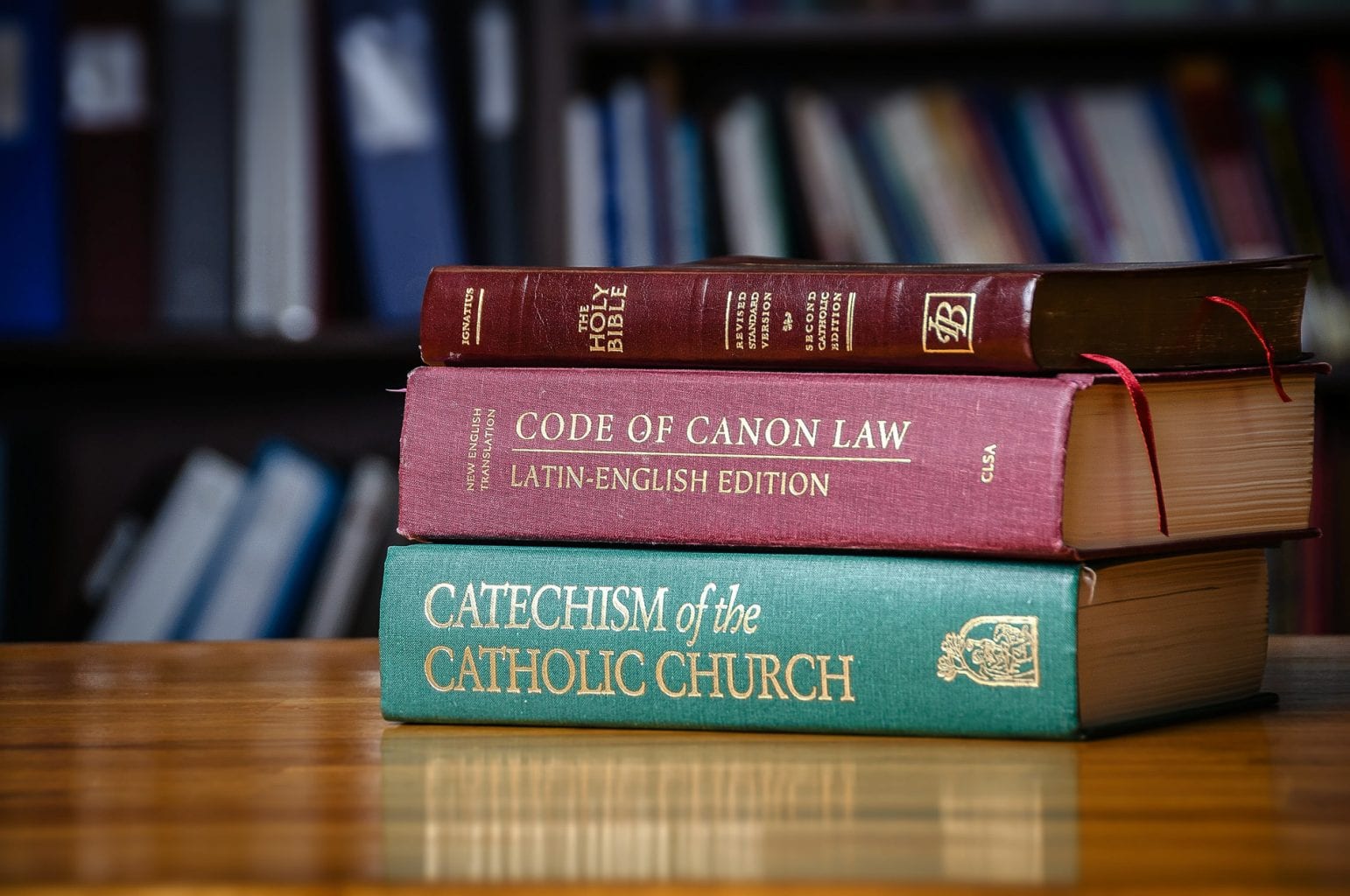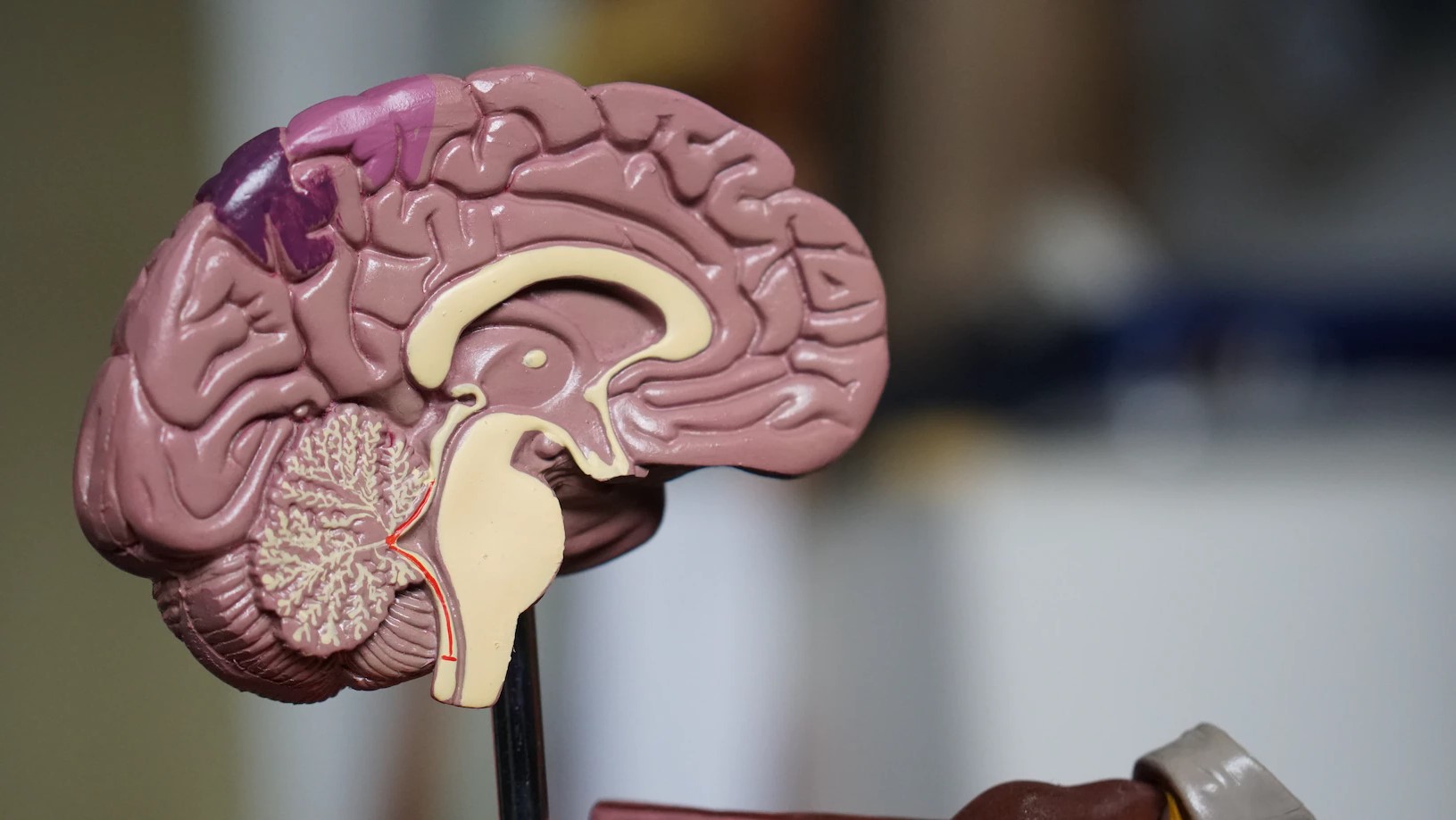
What is the Code of Canon Law 1983? The Code of Canon Law 1983 is the system of laws and legal principles made and enforced by the hierarchical authorities of the Catholic Church to regulate its members' behavior. It covers various aspects of church life, including the administration of sacraments, the rights and obligations of the faithful, and the structure of church governance. This code replaced the 1917 version, aiming to reflect the changes brought by the Second Vatican Council. Understanding this code is crucial for anyone studying church law or involved in church administration. Let's dive into 20 intriguing facts about this significant legal document.
What is the Code of Canon Law 1983?
The Code of Canon Law 1983 is the fundamental body of ecclesiastical laws for the Catholic Church. It governs the Church's internal operations and the conduct of its members. Let's dive into some intriguing facts about this significant document.
-
The Code of Canon Law 1983 replaced the 1917 Code of Canon Law, which was the first comprehensive codification of ecclesiastical law in the Catholic Church.
-
Pope John Paul II promulgated the 1983 Code on January 25, 1983, and it became effective on November 27, 1983.
-
The 1983 Code consists of 1,752 canons, which are divided into seven books.
-
The seven books cover general norms, the people of God, the teaching office of the Church, the sanctifying office of the Church, temporal goods, sanctions in the Church, and processes.
-
The 1983 Code was the result of a 24-year revision process that began in 1959 under Pope John XXIII.
Key Changes from the 1917 Code
The 1983 Code introduced several significant changes from the 1917 Code. These changes reflect the evolving needs and circumstances of the Church.
-
The 1983 Code places greater emphasis on the role of the laity in the Church.
-
It incorporates many of the reforms of the Second Vatican Council, which took place from 1962 to 1965.
-
The new Code simplifies many legal procedures, making them more accessible and understandable.
-
It provides clearer guidelines for the administration of sacraments, particularly marriage and penance.
-
The 1983 Code also includes new canons on the rights and obligations of all the faithful, including laypeople, clergy, and religious.
The Role of the Laity
One of the most notable aspects of the 1983 Code is its emphasis on the role of the laity in the Church. This reflects a broader trend within the Church towards greater lay participation.
-
The 1983 Code recognizes the laity's right to participate in the mission of the Church.
-
It encourages laypeople to take on leadership roles within their parishes and dioceses.
-
The Code also provides for the establishment of parish councils, which include lay members who advise the parish priest.
-
Laypeople are given a greater role in the administration of Church property and finances.
-
The 1983 Code emphasizes the importance of laypeople in evangelization and catechesis.
The Teaching Office of the Church
The 1983 Code outlines the responsibilities of the Church's teaching office, which includes bishops, priests, and deacons. This section of the Code is crucial for maintaining the Church's doctrinal integrity.
-
Bishops are given the primary responsibility for teaching the faith in their dioceses.
-
Priests and deacons assist bishops in their teaching mission, particularly through preaching and catechesis.
-
The Code emphasizes the importance of Catholic education, including the establishment of Catholic schools and universities.
-
It also provides guidelines for the publication of books and other materials that teach the faith.
-
The 1983 Code includes provisions for the establishment of seminaries, where future priests are trained in theology and pastoral ministry.
Final Thoughts on the Code of Canon Law 1983
The Code of Canon Law 1983 remains a cornerstone for the Catholic Church. It governs everything from sacraments to church administration. This code, updated from its 1917 predecessor, reflects modern needs while staying true to tradition. It’s not just a set of rules; it’s a guide for clergy and laity alike. Understanding these laws can deepen one’s appreciation for the church’s structure and functioning. Whether you’re a devout Catholic or just curious, knowing these facts can offer valuable insights. The 1983 Code continues to shape the church’s path, ensuring it remains relevant in today’s world. So, next time you attend a mass or participate in a church event, remember the intricate laws that help keep everything in harmony.
Was this page helpful?
Our commitment to delivering trustworthy and engaging content is at the heart of what we do. Each fact on our site is contributed by real users like you, bringing a wealth of diverse insights and information. To ensure the highest standards of accuracy and reliability, our dedicated editors meticulously review each submission. This process guarantees that the facts we share are not only fascinating but also credible. Trust in our commitment to quality and authenticity as you explore and learn with us.


